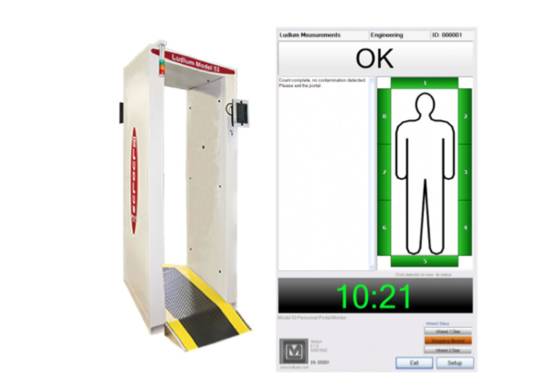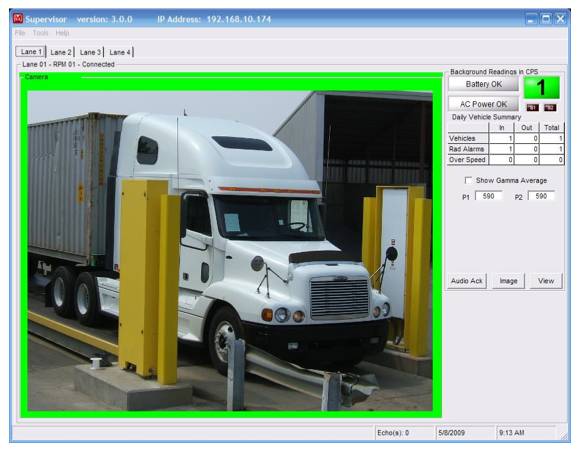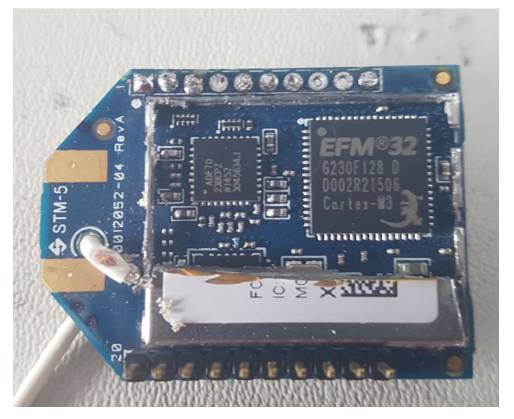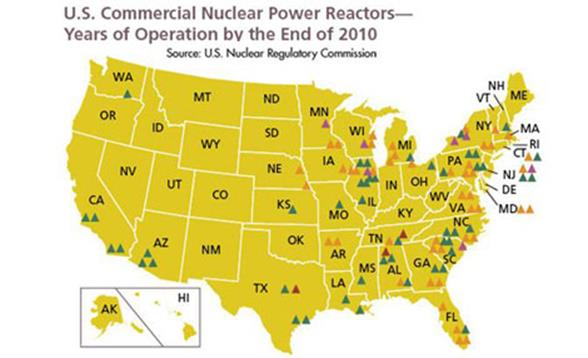From AlertsUSA
N. Korea: Strike Against U.S. Mainland “Inevitable”
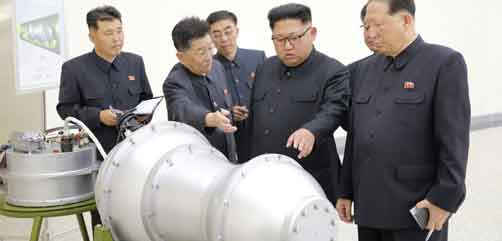
September 30, 2017
Between Sept 23-30, the following related Flash SMS messages
were sent to AlertsUSA subscriber mobile devices:
8/30 – Despite media rpts of open communication, State Dept. announces “N. Korea has shown no indication it is interested in or ready for talks re denuclearization.”
8/25 – Moments ago, DPRK FM Ri Yong Ho states US has declared war, claims right of self defense threatens to shoot down US aircraft even if outside DPRK airspace.
8/23 – DPRK FM Ri threatens US before UN, stating that comments by POTUS are an “irreversible mistake making it inevitable DPRK rockets will hit the US mainland.”
What You Need To Know
On 11 occasions this week AlertsUSA subscribers were notified via SMS messages to their mobile devices regarding safety and security matters. Most important for this report, last Saturday afternoon during a presentation before the UN General Assembly, North Korea’s Foreign Minister Ri stated that the U.S. would pay dearly for President Trump’s speech before the same body just days earlier, and that it was “inevitable” they would launch missiles at the US mainland. His comments (and new propaganda video released around the same time) came just hours after the U.S. flew strategic bombers in international waters along the North Korean coast. According to Pentagon spokesman Dana White, the flyover marked the farthest north of the Demilitarized Zone any US fighter or bomber aircraft have flown off North Korea’s coast in the 21st century.
On Monday, North Korea’s Foreign Minister issued yet another threat before international media stationed outside of his hotel in New York. In this instance, Ri stated that N. Korea may shoot down American warplanes even if they are not within N. Korean airspace. These and other threats come on the heels of warning issued last week that N. Korea may detonate a hydrogen bomb over the Pacific.
While this rhetoric continues to heat up and has almost become comical, behind the scenes state and federal officials are taking no chances. In additional to the continued deployment of military forces to the Western Pacific, emergency management agencies in both Hawaii and California have been issuing guidance and directives to each of the relevant departments and agencies to shore up their nuclear attack response plans.
Foreign government and private sector interests are also making emergency plans for the outbreak of war.
On Thursday of this week, Lassina Zerbo, the head of the Vienna-based Comprehensive Nuclear Test Ban Treaty Organization (183 member states operating 289 sensor stations), published a “rough simulation” of a “radio-isotope cloud” from a “hypothetical atmospheric burst” over the Pacific.
[Keep in mind that many such tests have been conducted since the advent of nuclear weapons.]
Additionally, new analysis of satellite imagery issued late this week by the US-Korea Institute at Johns Hopkins University indicates that North Korea continues to work on its second submersible ballistic missile test stand barge at the Nampo Navy Shipyard on the country’s west coast. These test stand barges are a critical component in any sub-launched ballistic missile (SLBM) development program.
Once again AlertsUSA warns that when the cloudy historical and political narrative is removed, the world is now faced with the following realities:
- N. Korea now possesses miniaturized nuclear weapons.
- N. Korea now possesses the means to deliver those nuclear weapons.
- Now that N. Korea is in possession of nuclear weapons and the means to deliver them, it is highly likely their close ally, Iran, will also soon possess them.
- The N. Korean regime fully realizes that their own personal survival is based on the continued development of this nuclear deterrent, meaning they are highly unlikely to willingly end their program.
Given these realities, restraint and the quest for diplomatic solutions virtually assures continued development and ultimately, proliferation into the hands of rogue nations and those private individuals and groups with deep enough pockets.

PREPAREDNESS CONSIDERATIONS
As recently as this week, FEMA’s new director, Brock Long, has said that Americans do not have a “culture of preparedness,” something that is much-needed with the increasing tempo of natural disasters. Considering the troubles brewing with N. Korea, now would be the time to start increasing your knowledge about how to prepare for and respond to nuclear / radiation emergencies. This problem is not going away any time soon.
The following two free PDF reports will help significantly with this effort. One first is a short read, the second much longer. Download these reports and save them.
WHAT TO DO IF A NUCLEAR DISASTER IS IMMINENT
by Shane Connor
NUCLEAR WAR SURVIVAL SKILLS
by Cresson Kearney
Additionally, AlertsUSA offers a package containing two of the essential baseline elements needed to maintain personal safety during a nuclear or radiological emergency. The contents are selected to help carry out three critical tasks: DETECTION of radiation, MEASUREMENT of accumulated dose and if necessary, PROTECTION of the thyroid from the uptake of radioactive iodine (I-131).
AlertsUSA continues to monitor the overall domestic and international threat environment, and will immediately notify service subscribers via SMS messages of new alerts, warnings and advisories or any developments which signal a change the overall threat picture for American citizens as events warrant.
OTHER SMS ALERTS FROM THIS WEEK
NOT DETAILED IN THIS NEWSLETTER ISSUE
8/29 – AlertsUSA monitoring possible vehicular attack, Penn Station, NYC. Multiple injuries after van jumps curb, runs through crowd, flees scene.
8/29 – USGOV issuing travel warning for Cuba today advising against travel to the country. ~60% of US embassy staff ordered to depart, visa services halted. See email.
8/28 – AlertsUSA monitoring police response to bomb threat, 600 block of Maryland Ave near Nat’l Mall and L’Enfant Plaza Metro station. Add’l alerts as warranted.
8/28 – ISIS rel new audio recording from ‘Caliph’ Abu Bakr Al-Baghdadi. Calls for attacks on “disbeliever media ctrs & HQ’s of their ideological wars.” More via email.
8/28 – USGOV issues new travel warning for Turkey due cont threat of terrorism. Urges careful review of need to visit the country at this time. http://bit.ly/2xE8KlV
8/27 – AlertsUSA monitoring response to shooting, Fairfax Co. (VA) Public Schools bldg. 8100 block Gatehouse Rd. At least one dead. Add’l alerts as warranted.
8/27 – Overnight: ~30 rockets fired into Kabul Int’l Airport as SecDef Mattis and NATO SecGen arrived for unannounced visit. ISIS & al Qaeda both claim responsibility.
8/24 – AlertsUSA monitoring mass shooting incident, Burnette Chapel Church of Christ, Antioch, TN near Nashville. At least 6 casualties. Shooter rptd in custody.
* Threat Info Direct to Your Mobile Device
* Get Away Early, Give Your Family Extra Safety.
* In Wide Use By Gov, 1st Responders, Travelers.
* 24/7/365 Monitoring. No Hype. Just the Bad Stuff.
* Issued Hours and Days before the MSM.
* On your Cell Phone, Tablet or Email.
* We Give The Clear Truth, Unlike the MSM.
* 15 Years in Operation!
We are NOT part of the government.
In fact, they are our customers!

World News Roundup
September 30, 2017
Other Developments We Are Following
AMERICAS
US orders 60 percent of staff out of embassy in Cuba
Accused NSA leaker called America ‘the worst thing to happen on the planet
U.S. Army Takes Over Massive Mission to Save Puerto Rico
After a Dismal Start on Venezuela, Trump Attempts a Sharp Course Correction
Americans blame Facebook for fake news, new poll finds
Venezuelan President says his country should be prepping to fight the US
FBI investigating as many cases of domestic extremism as foreign terrorism
EUROPE
If North Korea Fires an ICBM, the US Might Have to Shoot It Down Over Russia
What would it take to trigger war between Russia and NATO? Just a spark
Moscow won’t tolerate crusade to blame Russia for everything in US
The Catalan Cliff: Tensions are running high before the independence vote
Stalemate over Catalan vote keeps Spain in suspense
EU moves ahead faster on new future than on Brexit talks
Surge in migration to Greece fuels misery in refugee camps
Macron’s counter-terror bill risks France’s human rights record
MIDDLE EAST
In Libya Strike, Military Shows New Lethal Powers Under Trump
A Field Trip to the Front Lines of the Qatar-Saudi Cold War
Wheels and deals: trouble brewing in the House of Saud
US does not recognize Kurdistan independence referendum: Tillerson
Iraqi forces to take control of Kurdish regional borders
Vladmir Putin meets Erdogan to secure Syria de-escalation zone
Yemen experiences worst cholera outbreak ever
Muslims in China being told to hand over Qurans or face punishments
ASIA
Trump to travel to 5 countries in Asia in November
North Korea: The Inevitability of War
Moscow holds ‘consultations’ with NKorea diplomat
War of the Dragons: Why North Korea Does’t Trust China
Why China Will Never Crackdown on North Korea
How America Is Losing the Battle for the South China Sea
Japan’s defence chief warns of possible N.Korea provocation on Oct. 10
Bali: Fear of volcanic eruption forces 130,000 to flee.

Travel Security Update
The U.S. Dept. of State is the authoritative federal source for information on the security situation at travel destinations worldwide. With tensions rapidly increasing in most regions, readers planning on international travel, even to such common destinations as Canada, Mexico or the Caribbean Islands, are strongly encouraged to do a little research on the security situation prior to departure.
Latest USGOV Travel Alerts and Warnings
Cuba
09/29/2017
Turkey
09/28/2017
Kenya
09/27/2017
Eritrea
09/25/2017
Haiti
09/12/2017
Ethiopia
08/25/2017
Bangladesh
08/24/2017
Mexico
08/22/2017
Iran
08/15/2017
N. Korea
08/10/2017
Somalia
08/03/2017
Hurricane Season
06/05/2017
Europe
08/31/2017
09/14/2017
Additional Sources of Travel Guidance
![]()
Canada Dept. of Foreign Affairs
![]()
Australia Dept. of Foreign Affairs
![]()
UK Foreign & Commonwealth Office
Start now to make sure you are staying prepared.
Via: threatjournal





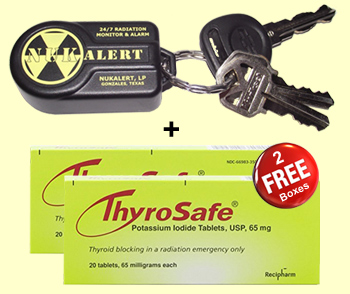

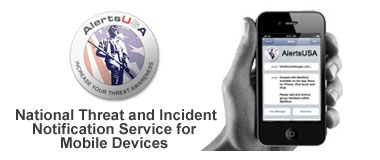

 Follow
Follow